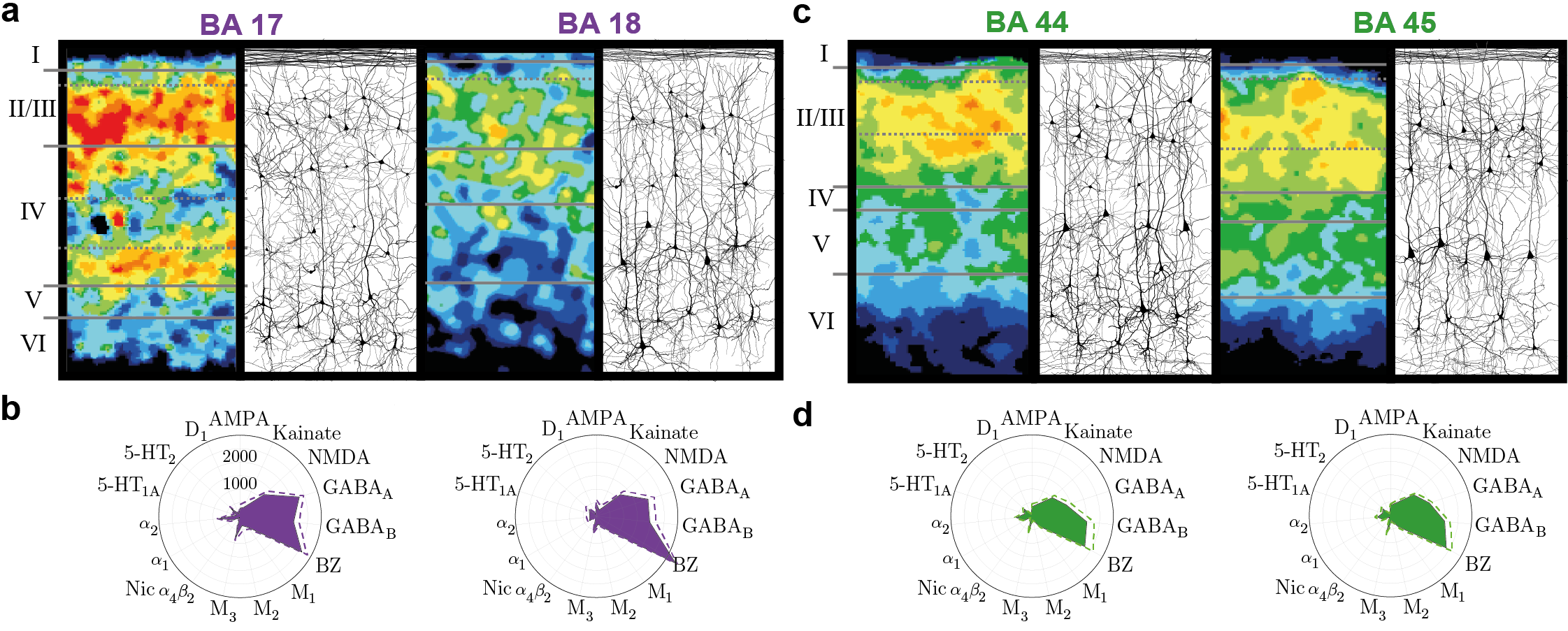
Abstract
Neocortical circuits, as large heterogeneous recurrentnetworks, can potentially operate and process signals atmultiple timescales, but appear to be differentially tuned tooperate within certain temporal receptive windows. Themodular and hierarchical organization of this selectivity mirrorsanatomical and physiological relations throughout the cortexand is likely determined by the regional electrochemicalcomposition. Being consistently patterned and activelyregulated, the expression of molecules involved in synaptictransmission constitutes the most significant source of laminarand regional variability. Due to their complex kinetics andadaptability, synapses form a natural primary candidateunderlying this regional temporal selectivity. The ability ofcortical networks to reflect the temporal structure of thesensory environment can thus be regulated by evolutionary andexperience-dependent processes.